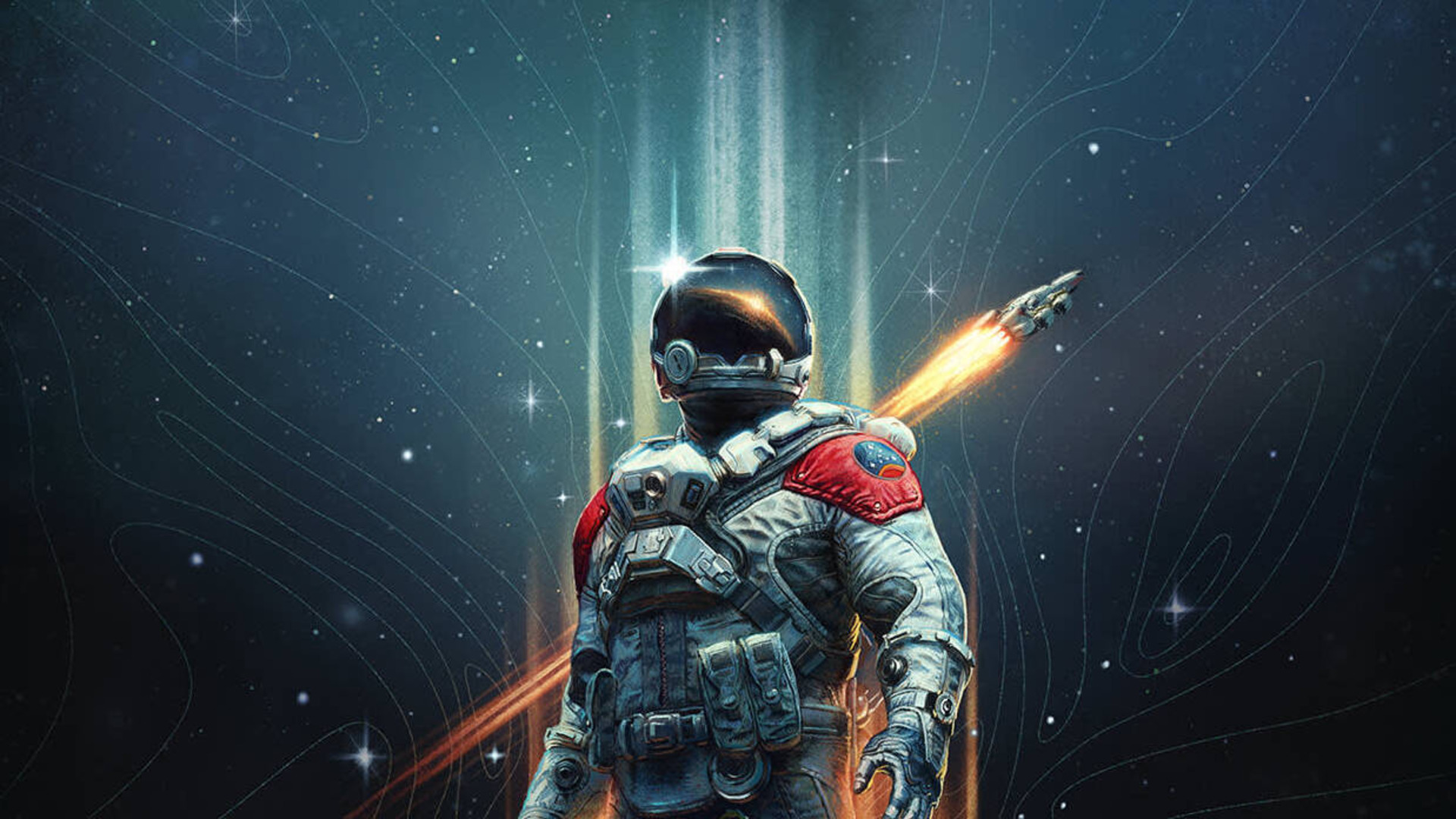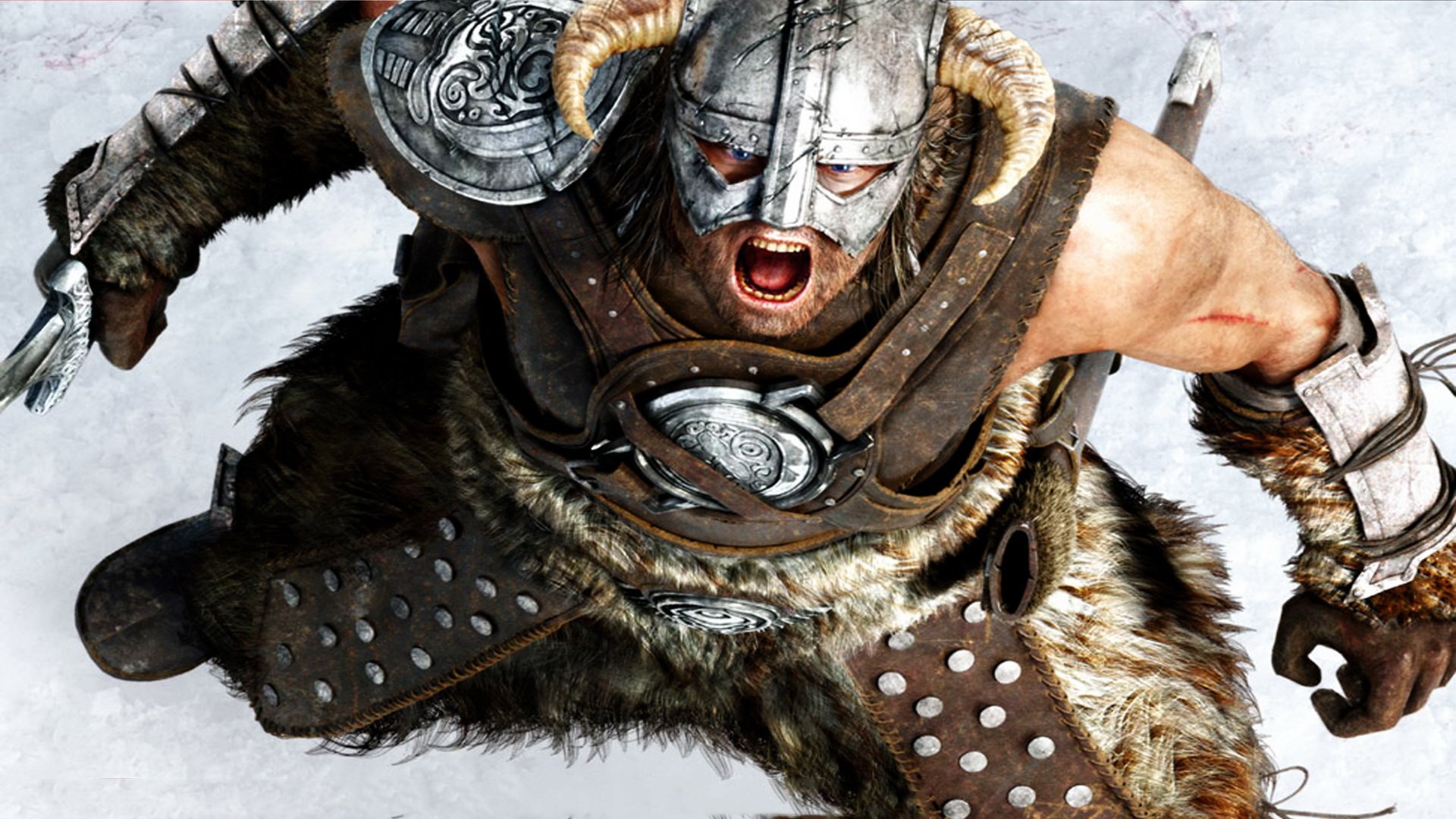
Bethesda wants Starfield to be part of its "big three," the third piece of the studio's RPG identity, up there with The Elder Scrolls and Fallout. It's a noble aim - a studio primarily known as the beloved steward of other peoples' IP finally getting the chance to hold up its own work alongside those iconic games. But no matter what you might think of Starfield, unless something changes dramatically at Bethesda, that aim feels like a pipe dream.
In an interview last week, Starfield design director Emil Pagliarulo told GamesRadar+ that the studio's public perception has changed over time. "Bethesda used to feel like the studio of Elder Scrolls," he explained, pointing to a time when its only output was Morrowind and Oblivion (and a largely-forgotten drag racing game). After the release of Fallout 3, it started to become "the studio you'd associate with Elder Scrolls and Fallout." That remained true for 15 years, until 2023 completed "Bethesda Game Studios' Big Three" with Starfield.
Pagliarulo's being pretty clear - Starfield is not a one-and-done project, but something that will remain in Bethesda's RPG rotation. Unfortunately, there are two things standing in the way of that lofty aim; Starfield's reception among players, and the sheer amount of time it takes Bethesda to make its games.
Out of time

There were four years between Morrowind and Oblivion, a time period in which Bethesda managed to produce two expansions to The Elder Scrolls 3, and make a racing game. Two years after TES4, we had 2008's Fallout 3, which was followed up by Oblivion's New Vegas in 2010 before Skyrim arrived in 2011. And that's about where the brakes went on.
Bethesda produced four full-fledged single-player RPGs and multiple expansions in the decade before Skyrim. In the ten years afterwards, it made just one, Fallout 4. It kept the money coming in, of course - mobile games, VR ports, countless Skyrim re-releases. But a combination of naturally-lengthening development cycles and an inability to leave Skyrim's success behind meant that the time between BGS's major releases stretched to five years before Starfield took the baton on from Fallout 76.
Putting aside Todd Howard's desire for annual Starfield expansions that's likely to further slow down the development of new projects, a five year gap means that we might be able to expect The Elder Scrolls 6 in late 2028. Presumably, after that, Bethesda might turn its attention to Fallout 5, a game that on this generous timeline could arrive in 2033. If that's when we look back towards Starfield, we'll be well on the way to 2040 before a full follow-up arrives. These spiraling development cycles are something the entire industry has to reckon with, but Bethesda is somewhat uniquely situated in its apparent desire to cycle between three franchises in such a complex and time-consuming genre.
To the moon

Clearly, there is a solution. Bethesda could staff up far enough to become a two-game studio. It could invest in more New Vegas-style spin-offs, either internally or in partnership with other studios. It could make a Fallout Super Mutant dating sim if it really wanted to avoid keeping the franchise dormant for too long (especially because the latest news on Fallout Season 2 isn't super positive).
Weekly digests, tales from the communities you love, and more
But all of these solutions ignore another problem: Critically, Starfield hasn't done that well. Initial reviews were good, but user scores hover far closer to 'average' than I can imagine Bethesda is happy with. And far from being the Phantom Liberty-shaped redemption arc that Cyberpunk 2077 enjoyed, Shattered Space seems to have moved the needle in the opposite direction. Anecdotally, the passion that I see the Skyrim community continue to bring to that game every week is nowhere to be found when it comes to Starfield. Are even the most ardent fans still going to be waiting around for something genuinely new in a decade or two? Is Bethesda still going to be supporting the game as it tries to live up to the 20-year expectations for The Elder Scrolls 6? Is it even going to be making games in the same way as it does now?
As it stands, Starfield is not a game with a 15-year legacy. I hope that Shattered Space could be the first chapter in a lengthy turnaround. But Bethesda doesn't have the resources it needs to make that happen while also bringing to life a game as huge as The Elder Scrolls 6 will undoubtedly be, especially not while also keeping the lights on with other projects and prepping for the future of Fallout. Unless Microsoft plans to give it an injection of cash large enough to double the size of the studio, I fear Starfield is set to fade into obscurity long before it can establish itself as the third piece of the Bethesda puzzle.
Our Starfield Shattered Space review points to interesting ideas, but not the future Bethesda might have wanted.

I'm GamesRadar's Managing Editor for news, shaping the news strategy across the team. I started my journalistic career while getting my degree in English Literature at the University of Warwick, where I also worked as Games Editor on the student newspaper, The Boar. Since then, I've run the news sections at PCGamesN and Kotaku UK, and also regularly contributed to PC Gamer. As you might be able to tell, PC is my platform of choice, so you can regularly find me playing League of Legends or Steam's latest indie hit.


